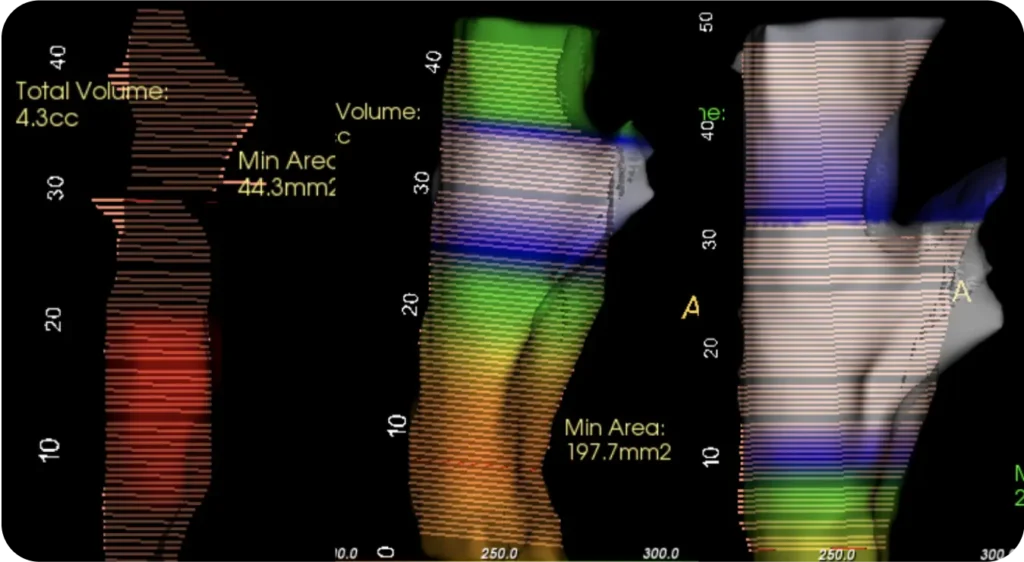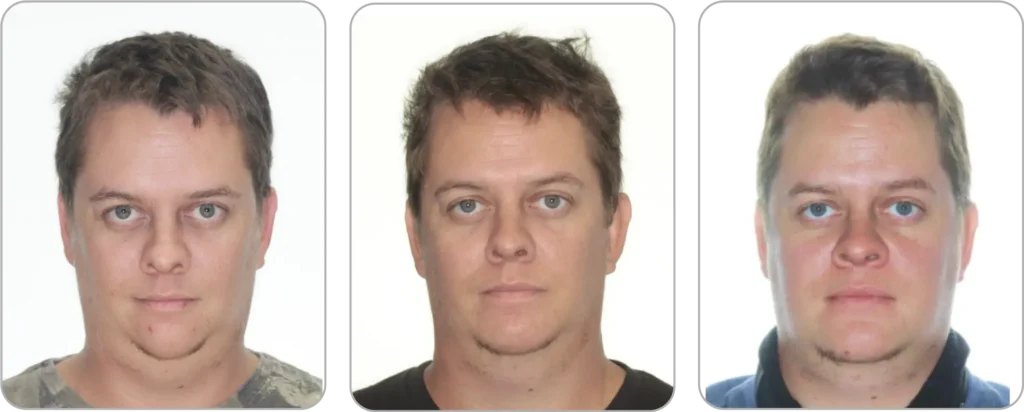
Condition
Sever Obstructive Sleep Apnea
Sleep Apnea is a sleep disorder characterized by repeated pauses in breathing or shallow breaths during sleep. It can lead to fragmented and poor-quality sleep, resulting in daytime fatigue, excessive sleepiness, and difficulty concentrating. It is typically caused by the relaxation of throat muscles, which obstructs the airway and disrupts normal breathing patterns.
Common Symptoms
Common symptoms include loud snoring, gasping, choking during sleep, daytime sleepiness, morning headaches, irritability, and difficulty concentrating. If left untreated, OSA can increase the risk of high blood pressure, heart disease, stroke, diabetes, obesity, and mental health issues. It can also lead to poor quality of life, impaired cognitive function, and an increased risk of accidents due to daytime sleepiness.
Procedure Performed
First surgery: Robotic Base of Tongue Resection.
Second Surgery: Mandibular Symphyseal Distraction Osteogenesis (MSDO) on the Lower Jaw.
Third Surgery: Bilateral Total Joint Replacement (TJR). Combo.
Second Surgery: Mandibular Symphyseal Distraction Osteogenesis (MSDO) on the Lower Jaw.
Third Surgery: Bilateral Total Joint Replacement (TJR). Combo.
About This Patient
A 32-year-old male with severe obstructive sleep apnea (OSA) sought treatment at our practice. Initially, he underwent bimaxillary orthognathic surgery, which involved repositioning both the upper and lower jaws to address his airway obstruction. Despite some improvement, additional intervention was required. Subsequently, he underwent distraction osteogenesis to further enhance the position and function of his lower jaw. Additionally, a Lefort 1 osteotomy was performed to reposition the upper jaw and create more space for improved airflow. To address temporomandibular joint (TMJ) issues, he also underwent bilateral total joint replacement. These procedures collectively resolved his OSA symptoms and significantly improved his overall quality of life.

Before

After 1 Surgery

After 2 Surgery
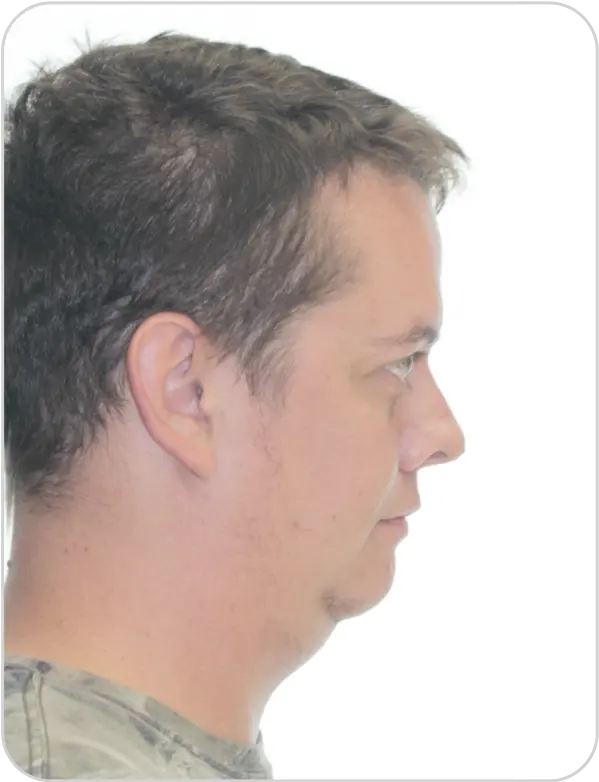
Before
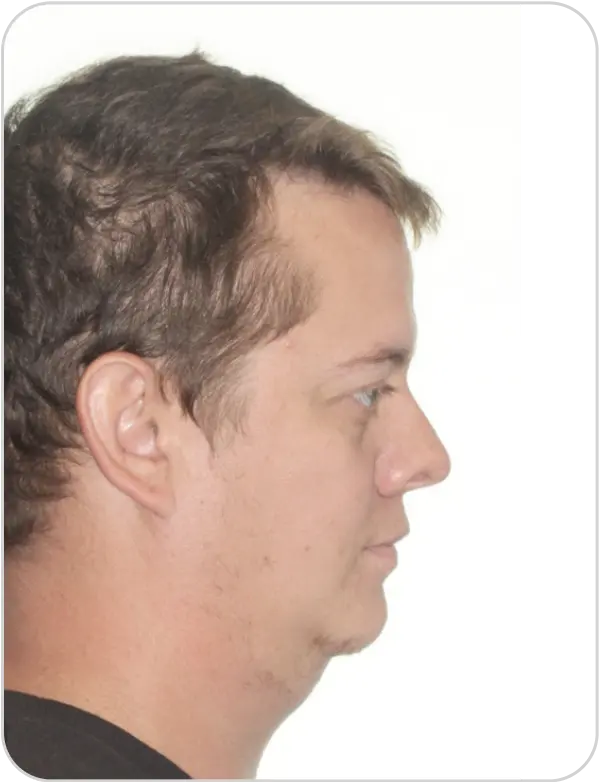
After 1 Surgery
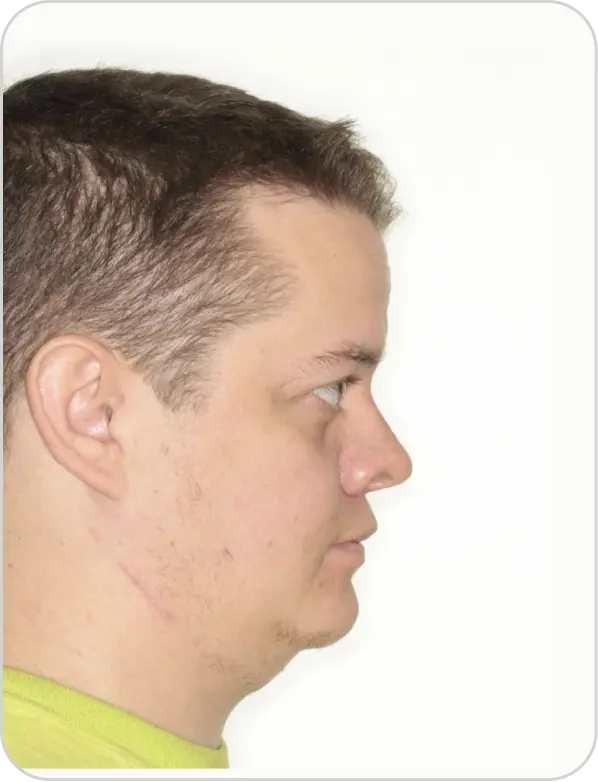
After 2 Surgery
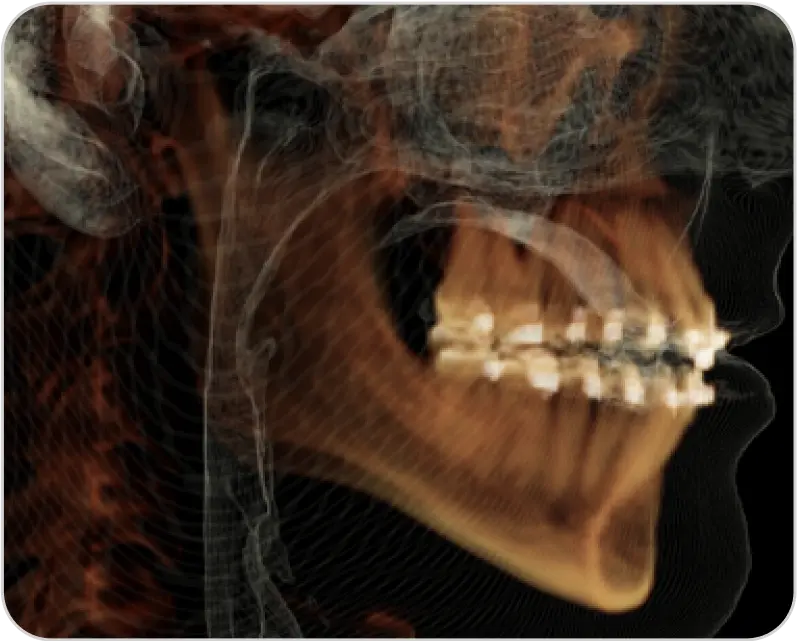
Before Surgery
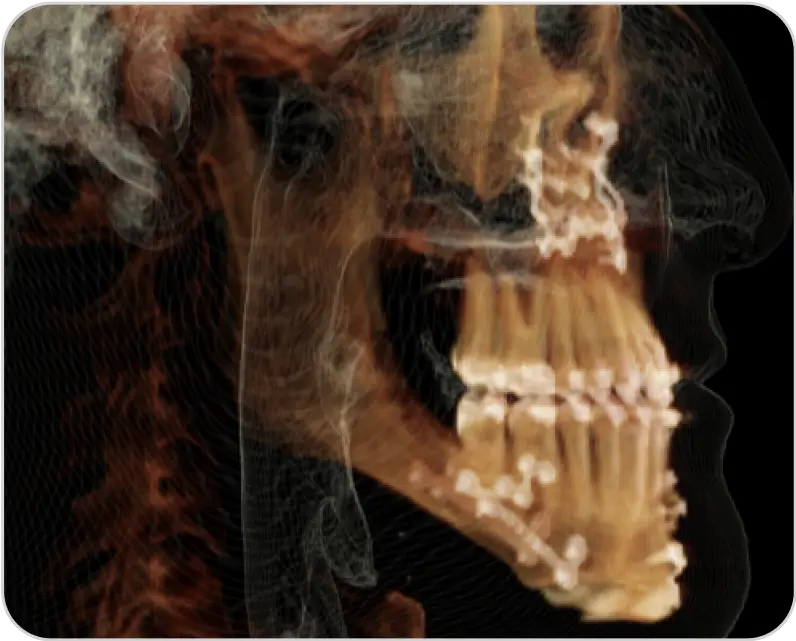
After 1 Surgery
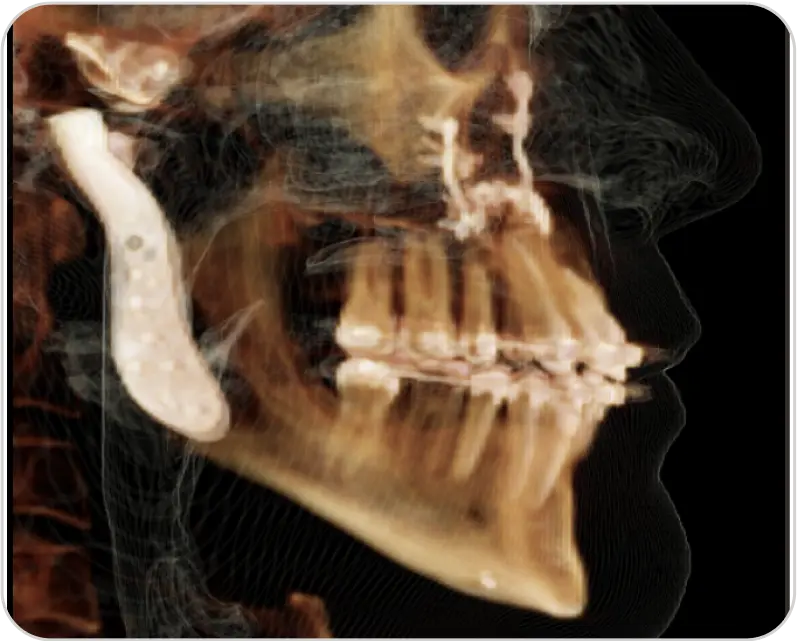
After 2 Surgery
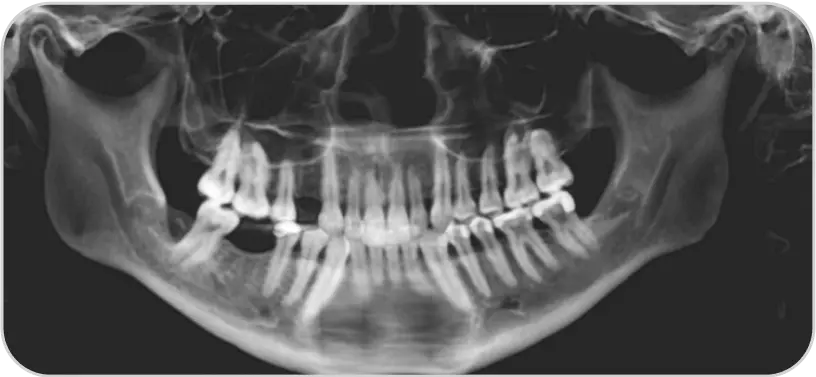
Before Surgery
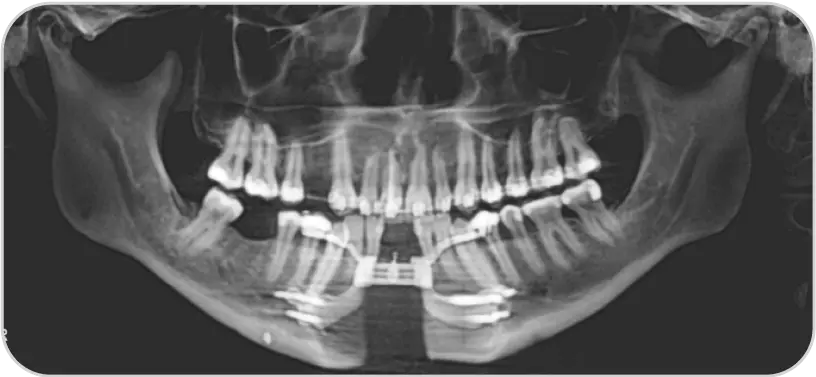
After 1 Surgery
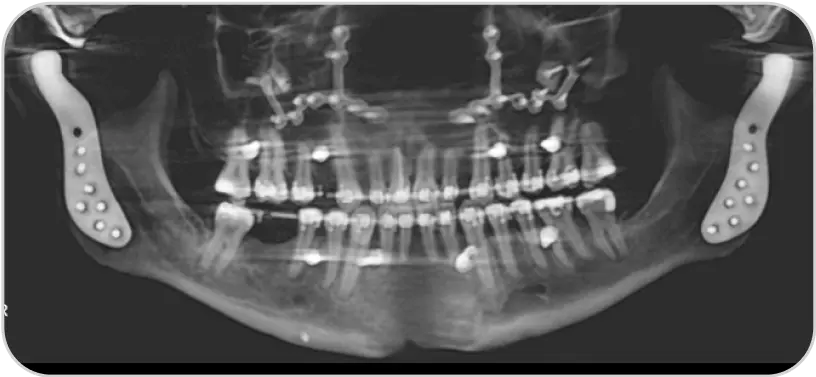
After 2 Surgery
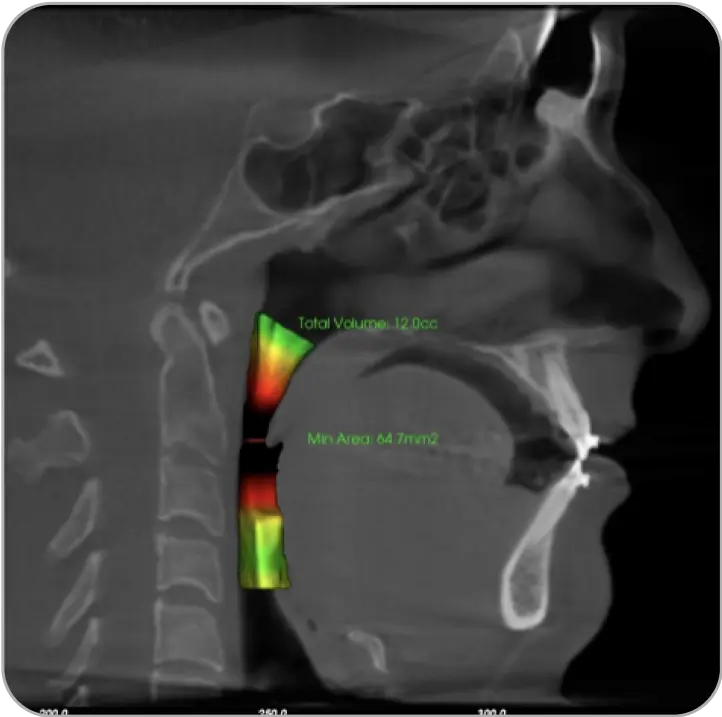
Before Airway

Before Airway 1 Surgery
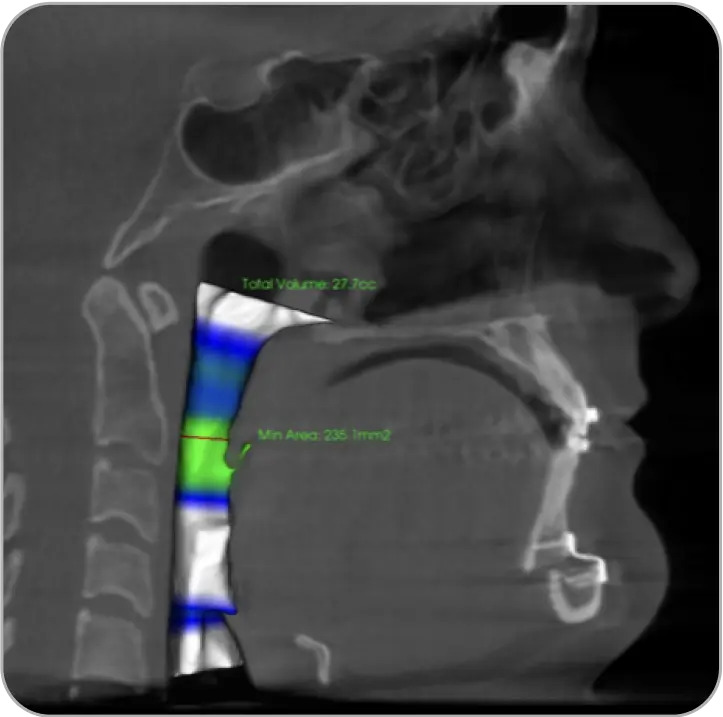
Before Airway 2 Surgery
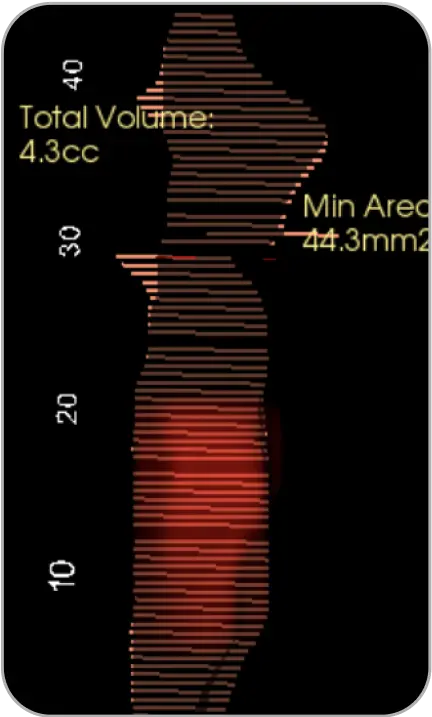
Before Volume
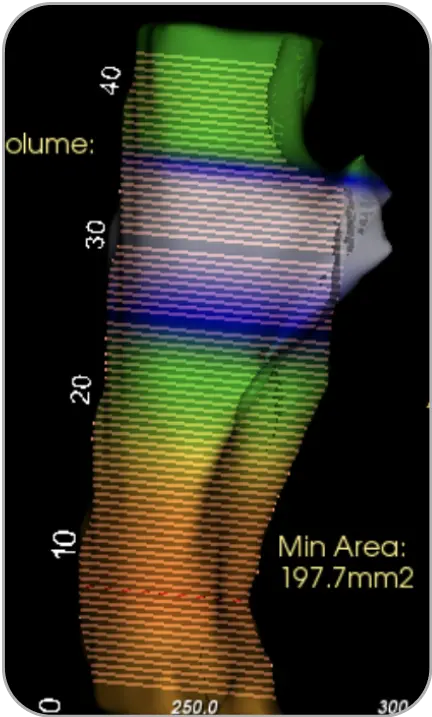
After Volume 1 Surgery
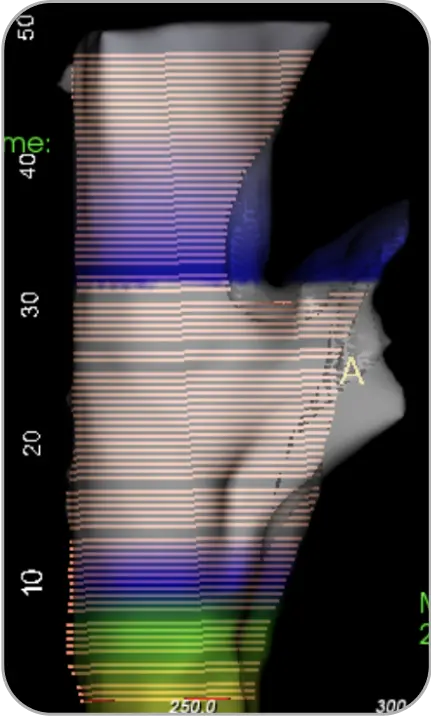
After Volume 2 Surgery

Before

After 1 Surgery
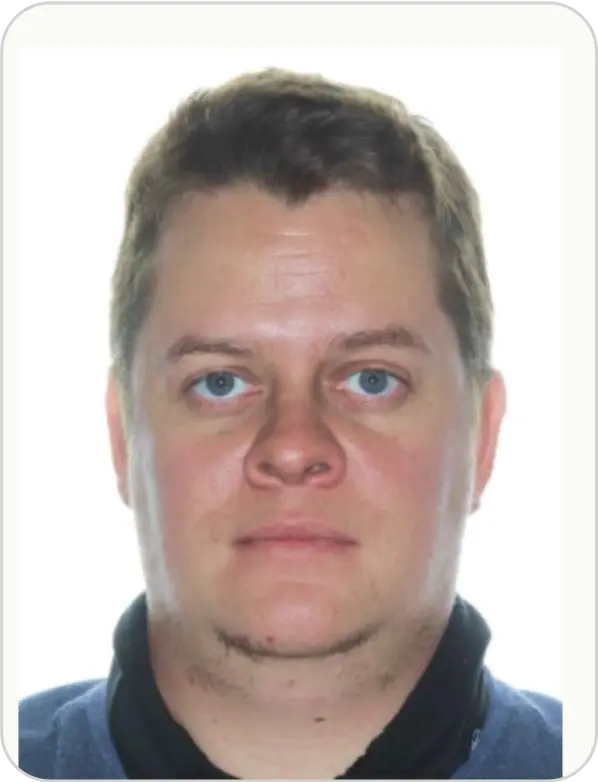
After 2 Surgery
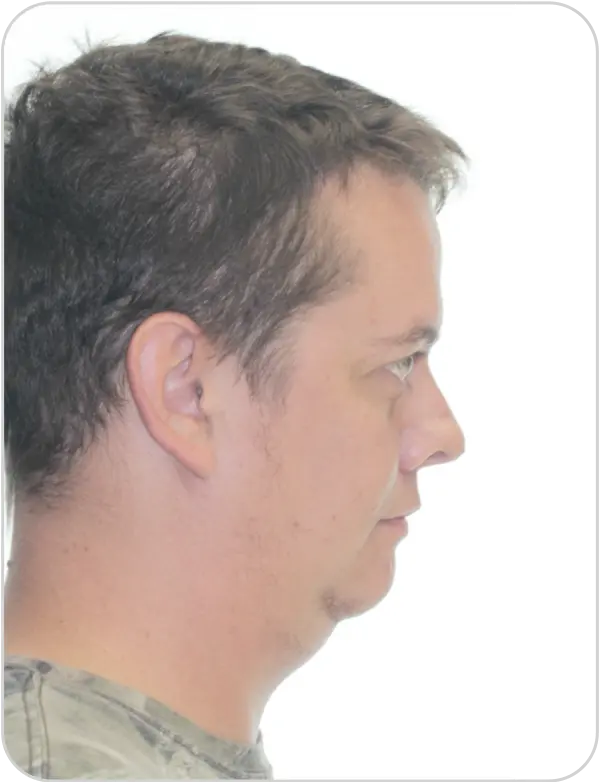
Before
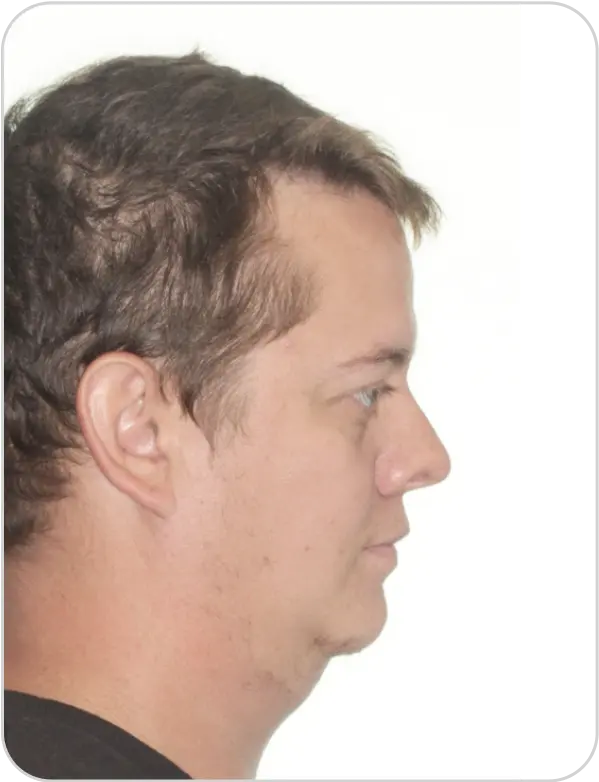
After 1 Surgery

After Surgery 2

MCA Improvement from 44 mm² to 254 mm²

Before Surgery
After 1 Surgery
After 2 Surgery
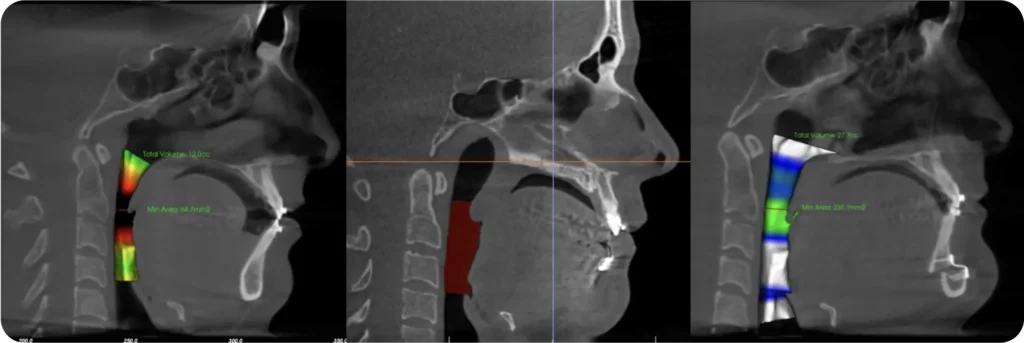
Before Airway
Before Airway 1 Surgery
Before Airway 2 Surgery
